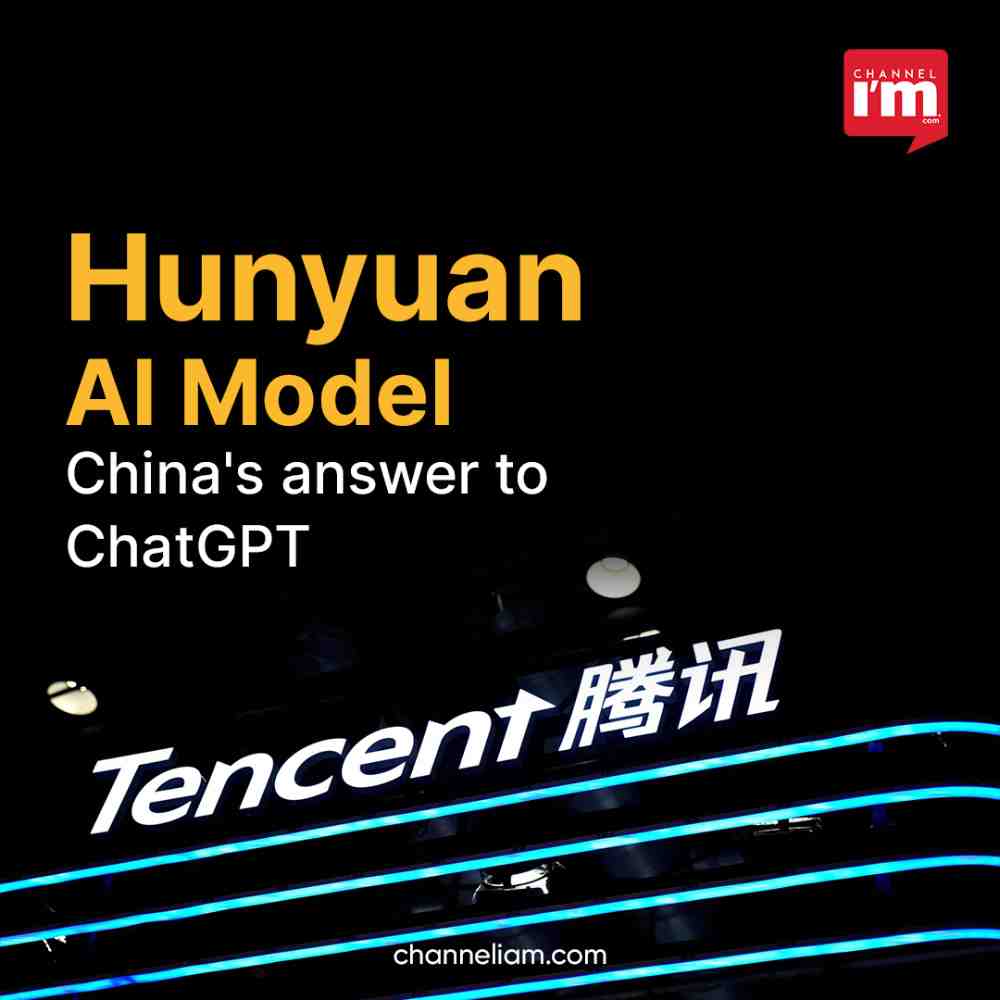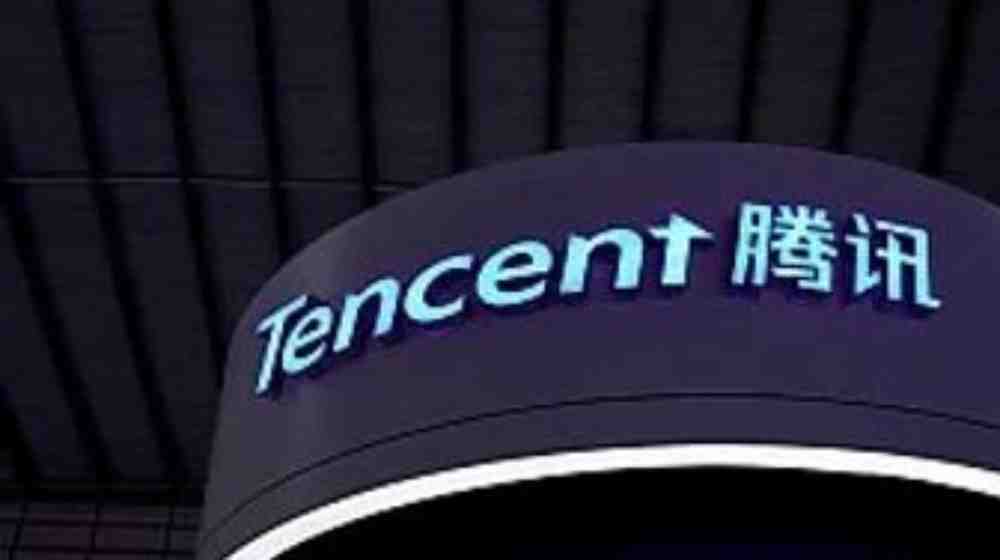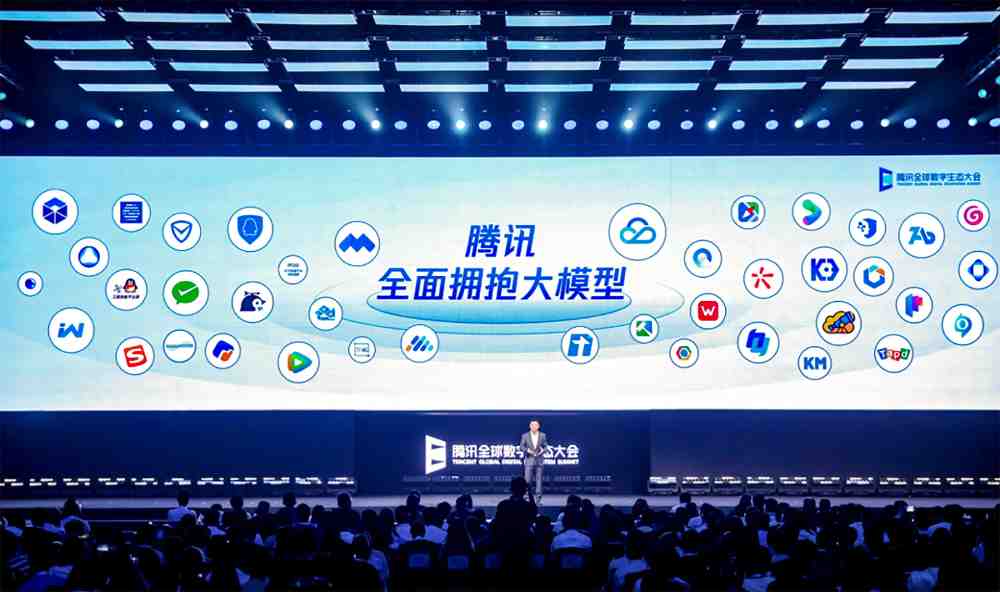Tencent Holdings, a prominent player in the tech industry and the parent company of WeChat, has unveiled its highly anticipated large language artificial intelligence (AI) model named “Hunyuan.”

This announcement comes amidst fierce competition among tech giants vying to establish themselves as leaders in China’s burgeoning AI landscape. Tencent showcased Hunyuan during a live demonstration at a conference in Shenzhen, emphasizing its pivotal role as the core technology behind more than 50 of the company’s products and services.
Tencent Joins the AI Battle

In a landscape where over 130 large language models have emerged in China by July, Tencent’s entry into the AI fray underscores the intense rivalry within the sector. Jiang Jie, Tencent’s vice president, aptly describes the situation as a “war of a hundred models.” The release of Hunyuan follows similar unveilings by other Chinese tech giants, including Baidu Inc and SenseTime Group. As China’s most valuable internet company, Tencent’s foray into AI showcases its commitment to technological advancement.
Impressive Scale and Training
Tencent’s Hunyuan is a colossal AI model, boasting over 100 billion parameters, and it was trained using a staggering two trillion tokens—common metrics to assess the capabilities of AI models. To provide context, OpenAI’s GPT-3 model, introduced in 2020, featured 175 billion parameters, while Meta Platform Inc’s Llama 2 model reached 70 billion parameters by 2023.

Performance Benchmark
Tencent has confidently stated that Hunyuan outperforms OpenAI’s ChatGPT, particularly in tasks involving the generation of extensive, multi-thousand-word text and the resolution of complex mathematical problems. Notably, Tencent’s model can fluently converse in both Chinese and English.
Reducing “Hallucinations” in AI
One of the key distinctions highlighted by Tencent is the reduction in “hallucination” instances in its model compared to Llama 2. In the realm of AI, “hallucination” refers to situations where AI models generate inaccurate information but present it as factual. Addressing this challenge is crucial in ensuring AI’s reliability and accuracy, a topic of significant interest among AI experts.

In conclusion, Tencent’s introduction of the Hunyuan AI model underscores its commitment to remaining at the forefront of technological innovation in China. As the competition among AI models intensifies, the capabilities and performance of models like Hunyuan will play a pivotal role in shaping the future of AI-driven applications and services.
